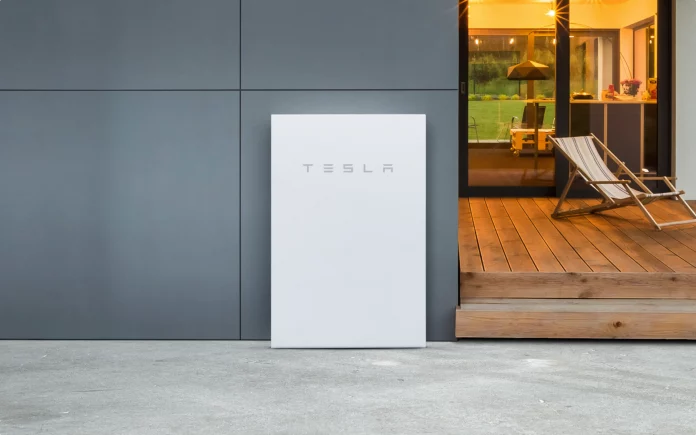Revolutionize Your Home Energy with the Tesla Powerwall 2
In today’s eco-conscious landscape, the Tesla Powerwall 2 isn’t simply an appliance; it’s a cornerstone of a sustainable home. This revamped 2024 review empowers homeowners with a thorough understanding of the Powerwall 2’s capabilities, its impact on your energy independence, and its role in creating a resilient and eco-friendly living space.
Unmatched Backup Power: Weather Any Storm
The Powerwall 2 boasts a remarkable 14 kWh lithium-ion battery, providing enough energy to power an average household for up to four days during outages. This translates to uninterrupted living and peace of mind, especially in regions prone to power disruptions. Unlike traditional generators, the Powerwall 2 operates silently and eliminates the need for storing and handling volatile fuels.
Harness the Power of the Sun: A Perfect Match for Solar Panels
The true brilliance of the Powerwall 2 shines when paired with solar panels. It seamlessly stores excess solar energy generated during peak sunlight hours, making it readily available for use during less sunny periods or at night. This eliminates the issue of “solar after sunset” and maximizes the value of your solar investment. Imagine powering your home with clean, renewable energy throughout the day and night – that’s the power of the Powerwall 2 and solar synergy.
Smart Energy Management: Take Control at Your Fingertips
Tesla’s user-friendly app grants you real-time control over your Powerwall 2. Gain valuable insights into energy use and storage, allowing you to make informed decisions about consumption. This empowers you to optimize energy use by intelligently balancing grid power with renewable sources, maximizing cost savings and minimizing your environmental impact. Imagine the satisfaction of monitoring your energy usage and actively contributing to a greener future.
Reliable Backup Power and Eco-Friendly EV Charging: A Sustainable Future
The Powerwall 2 offers peace of mind as a reliable backup power source. During outages, it seamlessly switches to battery power, ensuring critical appliances remain operational. Additionally, you can leverage stored renewable energy to charge your electric vehicle, furthering your commitment to a clean energy future. Imagine a world where your home powers itself and your electric car charges on sunshine – the Powerwall 2 makes this vision a reality.
Safety and Sustainability: A Winning Formula
Choosing the Powerwall 2 reflects a commitment to both safety and environmental responsibility. The shift from traditional lead-acid batteries to lithium-ion technology enhances efficiency and minimizes environmental hazards. Moreover, facilitating the use of renewable energy significantly reduces your household’s carbon footprint. The Powerwall 2 allows you to enjoy the benefits of home energy independence while safeguarding the environment for future generations.
Investing in a Sustainable Future
The Tesla Powerwall 2 is an investment in a future-proofed home. While the upfront cost might seem substantial, the long-term benefits are undeniable: energy independence, reduced environmental impact, and enhanced preparedness for outages. These compelling factors make the Powerwall 2 ideal for homeowners seeking a more sustainable, resilient, and eco-friendly future.
Staying Informed: A Dynamic Market
The home energy storage market is constantly evolving. For the most up-to-date information on pricing and potential updates to the Powerwall 2, we recommend checking Tesla’s official website. Additionally, consider researching competitor offerings to ensure the Powerwall 2 remains the best fit for your specific needs.
Note: This article was originally published in 2022 and comprehensively updated in March 2024 to reflect the latest information on the Tesla Powerwall 2.

